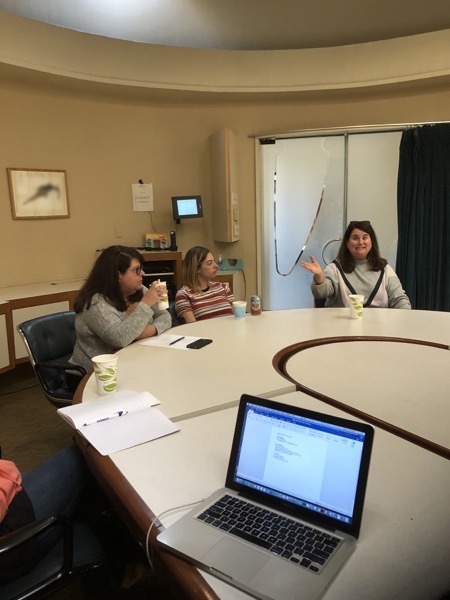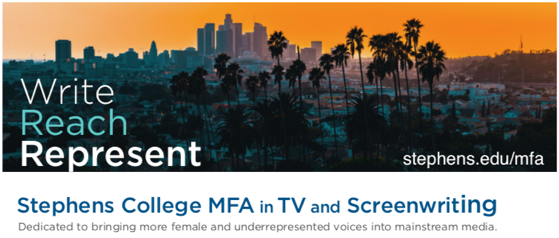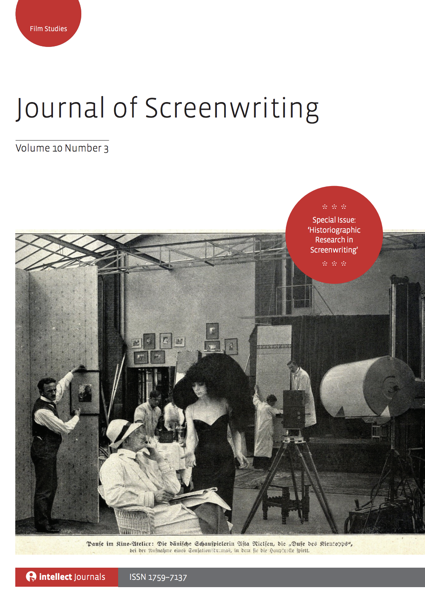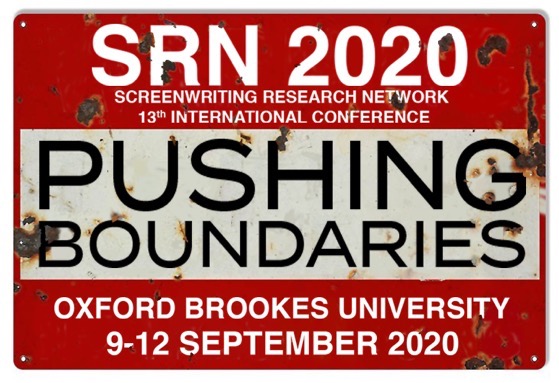Watch this entire presentation
Subscribe to Rosanne’s Channel and receive notice of each new video!
This one allowed me to riff on some of my favorite female science fiction writers across time, whether they be novelists or television writers. It also opened up a good conversation on what art we support and include in our lives – and what that art says to us and about us. — Rosanne
Transcript:
I’m going to go back to my Russell Davies guy because he said something that is really interesting in one of his interviews about what’s wrong with television. He happens to be a gay man — an out, gay man — in England. So he made sure that most of his pieces involved gay men in partnerships because he wanted to see, again, as a child — he wanted to see that that was normal and acceptable, but he also recognized how badly women are represented on television and he wanted to something about that. So, in Doctor Who, when he took it over, he invented a lot of very interesting female companions who had all their different levels of strength. I could do a whole talk on that. I already have, but of course, the great thing about Doctor Who, post the Russell Davies period we’ve now come up with regenerating — so we’re going back to Virginia Woolfe and Orlando — we’re making the male character — who for 50 years has been represented by a male actor — he regenerated into a female character and so we’re moving forward in the Doctor Who universe as well as a female character.
* A portion of each sale from Amazon.com directly supports our blogs
** Many of these books may be available from your local library. Check it out!
Podcast: Play in new window | Download
Subscribe: RSS
![38 Russell T Davies and Doctor Who from The Sisterhood of Science Fiction – Dr. Rosanne Welch [Video] (57 seconds)](https://rosannewelch.com/wp-content/uploads/2020/02/scifi-rmw-cpp-38.jpeg)













![37 Sarah Connor and Dana Scully from The Sisterhood of Science Fiction – Dr. Rosanne Welch [Video] (52 seconds)](https://rosannewelch.com/wp-content/uploads/2020/02/scifi-rmw-cpp-37.jpeg)

![24 The Beatles, Hendrix, and The Monkees from “Why The Monkees Matter: Even 50 Years Later [Video] (1 minute 7 seconds)](https://rosannewelch.com/wp-content/uploads/2020/02/monkees-popcon-2019-24.jpeg)